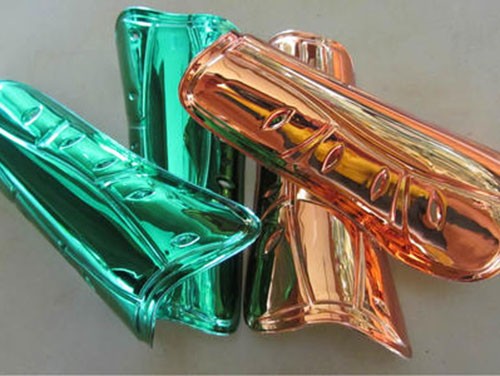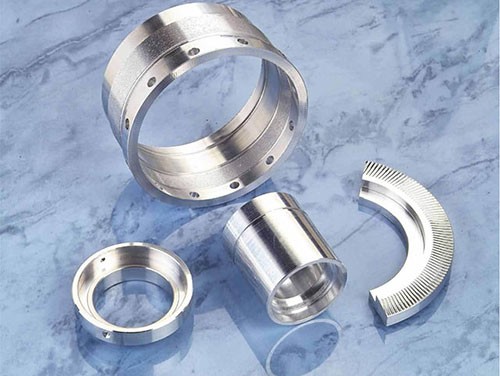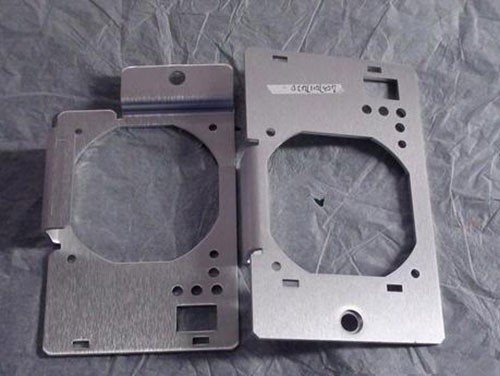Passivation treatment is a commonly used metal surface treatment method that can be applied to various metal materials with the aim of improving the corrosion resistance and aesthetics of the metal surface. Here is the answer to which materials passivation treatment can be used for:
1 Steel materials: Passivation treatment can be applied to various steel materials, such as carbon steel, stainless steel, high alloy steel, etc. Through passivation treatment, a dense oxide film can be formed to improve the corrosion resistance and heat resistance of steel materials, while also enhancing their aesthetics
2 Aluminum and aluminum alloys: The surface of aluminum and aluminum alloys is prone to forming a dense oxide film, but this oxide film is relatively thin and susceptible to corrosion and wear. Through passivation treatment, the corrosion resistance and wear resistance of aluminum and aluminum alloys can be enhanced, while also improving their aesthetics
3 Copper and copper alloys: Copper and copper alloys have good electrical and thermal conductivity, but are susceptible to corrosion and oxidation. Through passivation treatment, a dense oxide film can be formed on the surface of copper and copper alloys, improving their corrosion resistance and oxidation resistance, while also enhancing their aesthetics
4 Magnesium and magnesium alloys: Magnesium and magnesium alloys have advantages such as light weight, high strength, and good conductivity, but are prone to corrosion and oxidation. Through passivation treatment, a dense oxide film can be formed on the surface of magnesium and magnesium alloys, improving their corrosion resistance and oxidation resistance, while also enhancing their aesthetics
5 Other metal materials: In addition to the above-mentioned metal materials, passivation treatment can also be applied to other metal materials such as zinc, nickel, chromium, etc In summary, passivation treatment can be applied to various metal materials, which can improve the corrosion resistance, aesthetics, and other properties of metal surfaces. When choosing metal materials, it is necessary to consider their usage environment and performance requirements, select suitable metal materials, and carry out corresponding surface treatments









